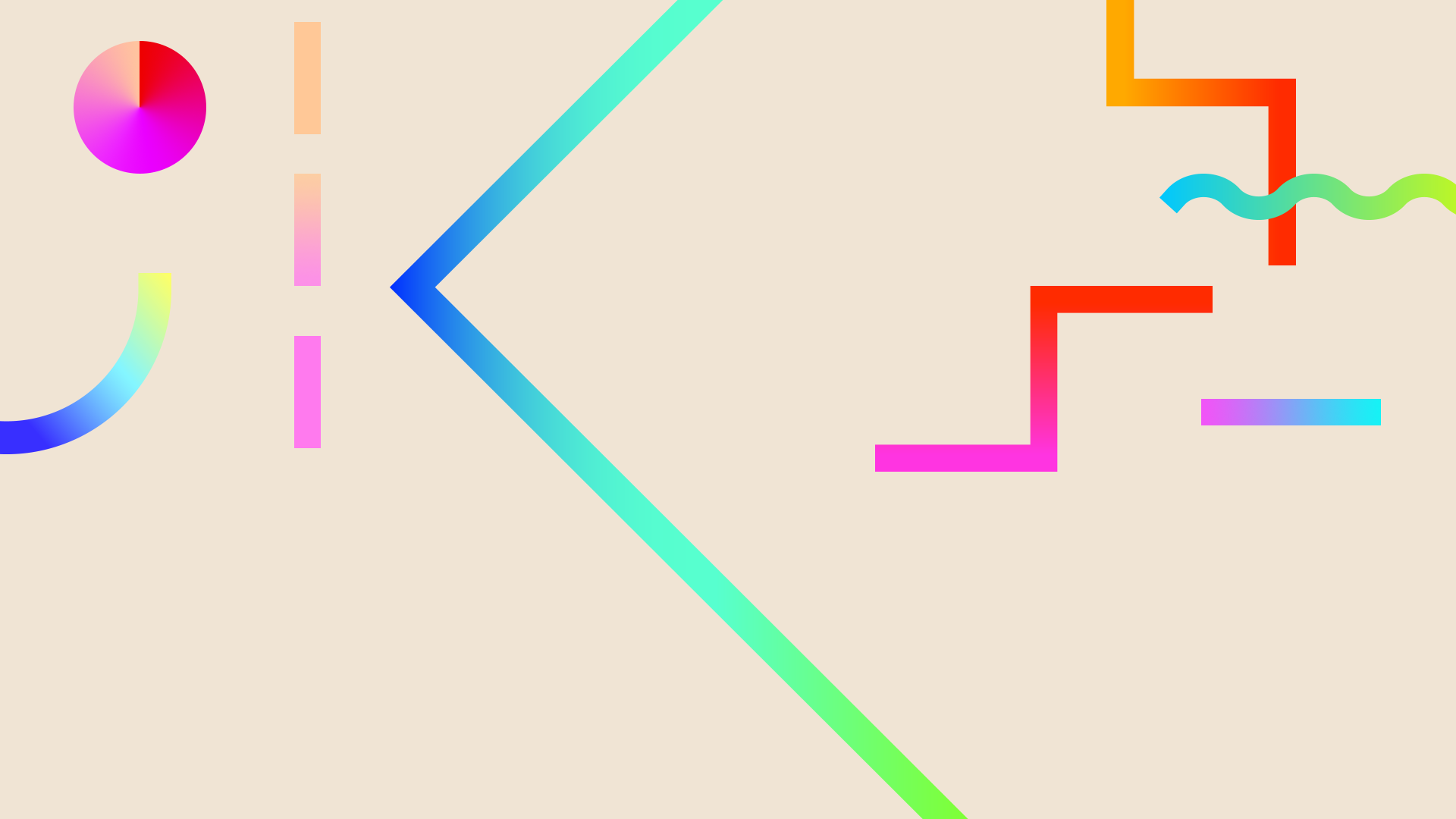
Greek Doric Temples
Application
The method of using irrational numbers for the overall footprint dimensions of Doric temples produced a mathematical model that is better than 99% accurate in predicting Classical-period Doric temple Width:Length proportions. Not only do the statistical results produce a mathematically reliable model, but indicates the progenitor of the formula was Pythagoras since irrational numbers – a mathematical phenomena - is considered evolved from within the Pythagorean brotherhood. This conclusion is reached since Doric temple proportionality crystallized around 480 B.C., the first appearance of Pythagorean school of architects, and remained virtually unaltered throughout the tenure of the Doric style.

Claros Apollo was used in this example although any of the 6 x 11 temples conform to this configuration.

Argos Hera was used in this example although most 6 x 12 temples conform to this configuration.

Akragas G (Hephaestus) was used in this example although most 6 x 13 temples conform to this configuration.


6 x 11
Claros Apollo

Argos Hera
6 x 12

Akragas G (Hephaestus)
6 x 13

6 x 14
Selununte A was used in this example although most 6 x 14 temples conform to this configuration.
Heading 4

Delphi Apollo was used in this example although most 6 x 15 temples conform to this configuration.
Selinunte A

6 x 15
Delphi Apollo

At Isthmia, the temple of Poseidon floor plan was reconstructed in the modern era as part of excavations conducted in 1989. Currently, little remains of the structure other than the stylobate. However, with a degree of accuracy the column height can be discerned by taking a statistical sample of all 6 13 temples and comparing column heights, then compute the statistical probability for the temple. Using that method, I calculated this temple's column height at 8.493 meters. This technique works well for temples with 13 columns on the long side, but does not hold up as well for temples with 12 and 14 columns, since there is not a large enough sample to work from.


Nothing remains of the Artemis temple at Kalydon other than the stylobate and crepes. The remains of the temple indicate it was constructed about 360 B.C. Three other temple building periods have been detected, each oriented north-south with the entrance on the south. Although a number of measurements have been taken, the column height was not one of them. Using the same statistical model as before, I can calculated the column height to be @ 4.828 meters.


Another example to test the statistical method is that of the temple of Athena at Karthaia (Keos) described by Woodward (2012). Although he does not show the corner contractions, the result of the width length ratio is 2.009, exactly that of the square root of 4, which it should be for temples with 6 x 11 columns. With this information we can calculate the column height to be about 5.103 meters. More recent photos of the site show a column reconstructed, but I have not found any information on its dimensions.

The temple of Athena is a Doric, peripteral temple with 6 x 11 columns and measures 11.98 x 23.19 m., and dates from the end of the 6th or the beginning of the 5th century B.C. Inside the temple were found architectural members, fragments of the sculptural representation of Amazonomachy, as well as inscriptions on the intercolumnations. (Cultural heritage KARTHEA , KEA , GREECE)
But does the formula work? A Look at Practical Applications
The proof to any theory is whether it works in practice. To test the theory I have used the temple of Poseidon at Isthmia, Athena at Karthaia and also the Artemis temple at Kalydon.
© 2016 by John Shimmin. Proudly created with Wix.com
Go To Previous Page Results & Analysis
Go To Next Page Conclusion


